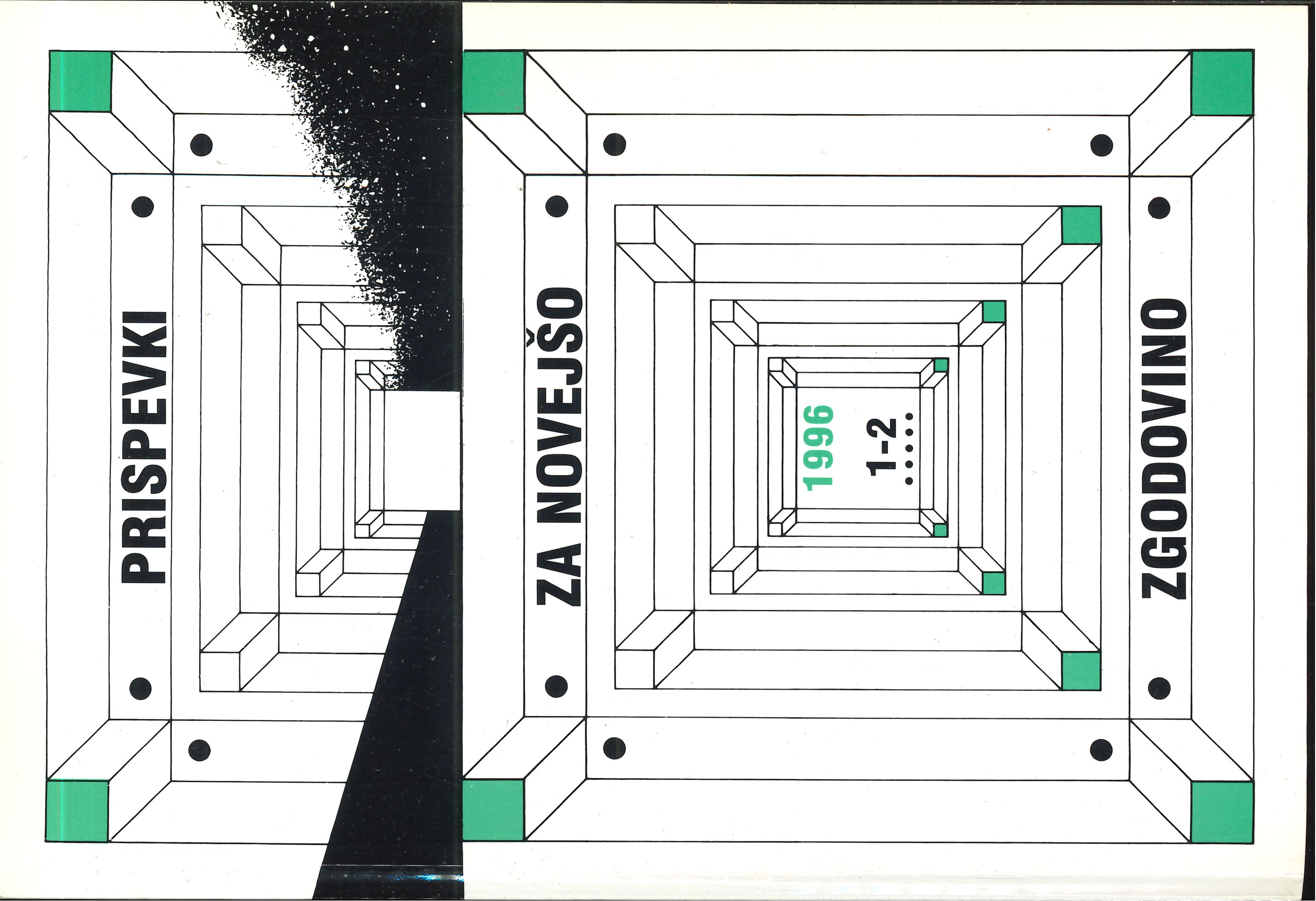The Japanese International Agreements and the Fall of the Shogunate
Keywords:
Japonska, 19. stoletje, zunanja trgovinaAbstract
In his article, the author presents a short period of one decade, in the mid 19th century, during which Japan opened itself economically to the world after more than two centuries (since 1641) of self-isolation. This process was initiated by the Americans, after the arrival of their navy in Japan in 1853, who proposed the establishment of trade links between the two countries. In 1858, a trade agreement was concluded, after long and intense negotiations. The opening up of Japan, which lived its traditional life, was strongly opposed both by the people on the Imperial Court and landlords. These supported the Court against the shogun who actually ruled Japan at the time (the shoguns had been in power since the Middle Ages). In 1867, the 15th Shogun handed over the power to the Emperor. This, however, did not stop Japan from opening itself and eventually becoming an economic super-power.
Downloads
Published
Issue
Section
License
Authors who publish with this journal agree to the following terms:
- Authors retain copyright and grant the journal right of first publication with the work simultaneously licensed under a Creative Commons Attribution License that allows others to share the work with an acknowledgement of the work's authorship and initial publication in this journal.
- Authors are able to enter into separate, additional contractual arrangements for the non-exclusive distribution of the journal's published version of the work (e.g., post it to an institutional repository or publish it in a book), with an acknowledgement of its initial publication in this journal.
- Authors are permitted and encouraged to post their work online (e.g., in institutional repositories or on their website) prior to and during the submission process, as it can lead to productive exchanges, as well as earlier and greater citation of published work (See The Effect of Open Access).


